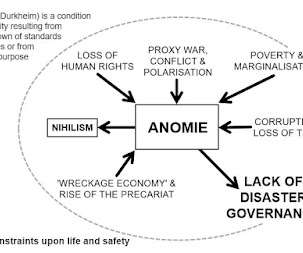The 2019 Global Assessment Report (GAR)
Emergency Planning
MAY 30, 2019
Unofficial voices have suggested that the 'cure to damage ratio' for natural hazards is 1:43. In putting individuals at the centre of a diagram of actions we see people either crushed between the rock of hazards and the hard place of risk-informed sustainable development or as protagonists in combatting the former with the latter.











Let's personalize your content